Find out what hair type you have and learn how to choose the right hair products for your hair!
Beautiful hair. Every woman dreams of that. Therefore you should take maximum care of your hair. This means not only visiting your hairdresser regularly, but also using the right cosmetics such as shampoo, conditioner, mask, oils and more. But which hair products are the right ones? Choosing the right hair care cosmetics is not easy due to the wide range of products. What about that? Firstly, it is important to determine your hair type correctly, only then you can choose the right products for your hair.

How to Determine Your Hair Type?
When it comes to choosing the right haircare products, determining your hair type is absolutely essential for knowing which products would work best for your hair. In fact, many of your top hair concerns or problems may stem from simply using the wrong products. By knowing your hair type, you can find the proper balance that your hair needs and end your bad hair days for good.
Here are the four factors that can help you determine what type of hair you actually have:
1) Texture of Hair
The first way to discover what kind of hair you have is by determining the diameter of your hair a.k.a the width of your strands - how thin or thick the individual strand is. Usually hair can fall into three categories: fine, medium, and thick. It can affect how well your hair will hold styles and react with certain products. The hairstyle from fine hair often does not hold well, you have to backcomb and apply a lot of extra strong hairspray. Thick hair holds very well, but can often be difficult to style as it’s typically less supple. Well, medium hair is the best, because the hairstyle holds well and the hair is also easy to style. Knowing this will help you better determine which types of products you should gravitate towards. If you’re unsure about which category you fall into, there is an easy way to find out!
Test: Compare your hair strand with sewing thread (choose a similar color to your hair if you can). If your hair appears thinner than the sewing thread, your hair is fine, while if it seems thicker, it’s likely thick. Anything in between them would be normal/medium.
Fine Hair
Specialists talk about fine hair if its diameter is less than 0.06 mm. Fine hair tends to be more sensitive, more prone to damage and less resistant to high temperature from heat styling tools. The disadvantage of fine hair is also that it is often without volume, limp and can be greasy faster. That's why fine hair requires the maximum gentle care.
Suitable care: The goal of your hair care routine is to help your hair look thick. This doesn’t require anything too drastic - you can see results by using the right shampoo for fine hair, weightless conditioner and hair mask for fine hair. Definitely avoid creamy and rich consistencies, which can weigh down the hair too. The clear, gel texture is better for your hair. Look for all of the terms in the package as volume, fine, thin hair, weightless, light. Also great are ingredients such as cellulose, various proteins (wheat, rice) and polymers that support the fullness and strength of hair. Instead, avoid products containing Dimethicone or Behentrimonium Methosulfate, which are too heavy, and your hair would be greasy immediately. Remember, apply caring products (conditioner, treatment) only to your lengths and ends. Also reduce styling products and choose light and not very firming products. Perfect are especially volumizing foams, volume sprays or volume powders.
Medium/Normal Hair
A normal hair has usually a thickness of about 0.07 mm. Normal hair is neither greasy nor dry, it is naturally shiny, supple and not damaged. It needs minimal care, and yet it looks good and the hairstyle also holds its shape well. The hair is in optimal condition, which actually means that you take care of it properly.
Suitable care: Lucky you - if you have medium hair, it is not necessary to take care of this type of hair with special cosmetics, but you will suffice with a shampoo for normal hair. Also daily shampoo or shampoo 2 in 1 with conditioner is great for your hair type. In addition to shampoo and conditioner, sometimes you can also indulge your hair in an intensive treatment or hair mask.
Thick Hair
Thick hair has a diameter greater than 0.08 mm. Coarse hair looks thick and voluminous, has a lot of texture, but on the other hand it is prone to frizz, is less manageable and often doesn’t retain water as well as other hair types. The advantage of this type of hair is that it is more resistant to damage, breakage and high temperatures.
Suitable care: In order to hydrate those strands and ward off frizz, people with coarse hair should use more moisturizing products. We recommend using highly hydrating shampoos, nourishing conditioners and masks with a rich texture, eg containing cocoa or shea butter due to their high content of fatty acids. Smoothing and anti-frizz products are also suitable. There are also products specially designed for thick hair - shampoos for thick hair, conditioners for thick hair, masks for thick hair. You can also include hair oils in your hair routine. The oils are great for delivering shine, softness and smoothing with anti-frizz action. When it comes to styling, your options are almost limitless, avoiding only products with a high water content in the first place in formulas.
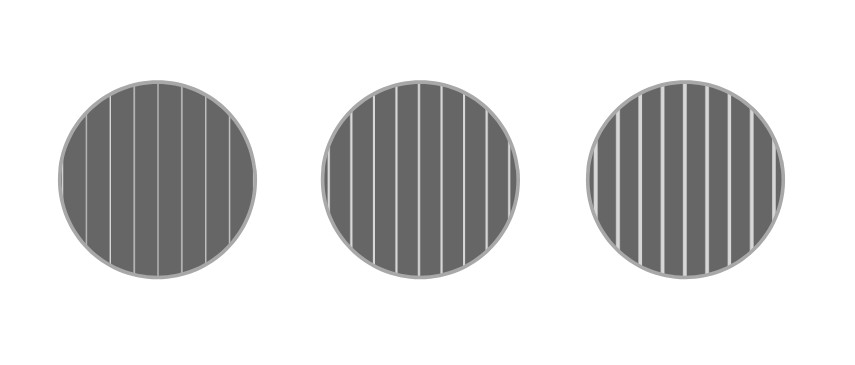
Curly & Wavy Hair
When talking about the texture of your hair, we also mean their shape - whether it is straight, wavy or curly. Straight hair doesn’t need special care, so we’ll focus mainly on curly and wavy hair that requires more attention. This type of hair is usually coarse, dry, frizzy, porous and without shine.
Suitable care: In general, curly hair lacks mainly hydration and nutrition. Wash hair with special shampoo for curly and wavy hair. Perfect are also shampoo for dry hair. Don't forget the conditioners for curly and wavy hair and hair mask for curly and wavy hair. Curly hair is also often frizzy, so smoothing/anti-frizz products will also be suitable. When caring for curly or wavy hair, it is also good to realize whether you want to support or straighten your curls. To support the shape of curls, you can use many styling products to curl definition.
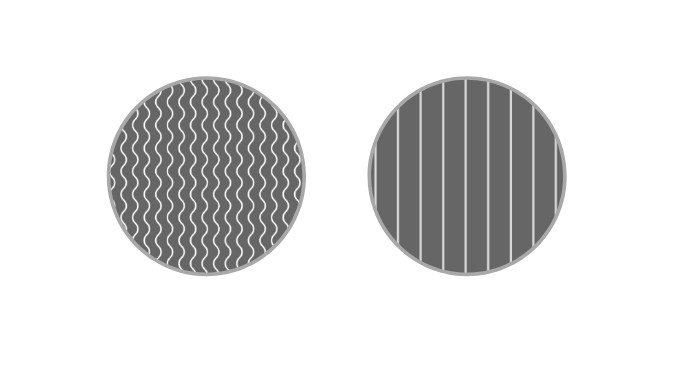
2) Oiliness / Dry of Scalp
By now we all know that if your scalp isn’t in good condition, your strands won’t be either, which is why taking care of it isn’t just a good idea - it’s a necessity. Determining the condition of your scalp though can be easier said than done as you may experience both an oily scalp and dry, split ends.
Test: Wash your hair as usual. Air dry and don’t apply any products to your hair, as this can alter your results. The next morning, gently press (do not wipe) your scalp with a tissue. Let your hair sit overnight. In the morning, press a tissue (do not rub) to your scalp at the crown of your head. If there is oil residue on the tissue, then you have an oily scalp. If you see a trace of oil on the tissue, you have normal scalp. If there is nothing at all on the tissue, then you have dry scalp.
Dry Scalp
If you have dry scalp, you usually also have dry hair that looks dull, coarse. You often wash your hair only once a week. But dry hair can be caused by so many things, including over-processing hair from color or lightener, over-use of hot tools like flat irons, curling irons, and blow dryers, using a harsh or low quality shampoo or just lack of proper haircare in general.
Suitable care: Pump your hair full of healthy fats in order to keep it nice and hydrated. Using an appropriate moisturizing shampoo and conditioner for dry hair can really help with the battle of dry hair. The addition of a deep treatment moisturizing mask can do wonders for dry hair. And the less heat you can use daily on your hair the better, since we know it can really dry hair out. If you must use a hot tool make sure to use a good thermal protector to help maintain moisture. A good helper for this hair type is moisturizing leave-in treatment, which you can spray to your hair whenever it seems dry. On the contrary, avoid deep cleansing and volume shampoos.
Normal Scalp
If you have neither dry nor oily skin, you probably wash your hair twice a week. The care will be similar to point 1) normal hair..
Oily Scalp
Oily hair looks flat, greasy, heavy and needs to be washed every day. You wash your hair 4-5 times a week or daily. The cause of oily hair is mainly oily scalp. That's why some people can go eight days with a perfect-looking blowout while others (who have more “active” sebaceous glands) have to deal with an oil slick after only a few hours.
Suitable care: While there isn’t a whole lot you can do to change the activity of your sebaceous glands (thanks, genetics), there are certain things that can help manage the situation. Use special cosmetics for this hair type - shampoo for oily hair, weightless conditioner a tonic for oily scalp. Instead, avoid moisturizing, nourishing and smoothing shampoos and conditioners with an oily and too rich consistency. Once your hair starts to get greasy, you can manage the issue with dry shampoo.
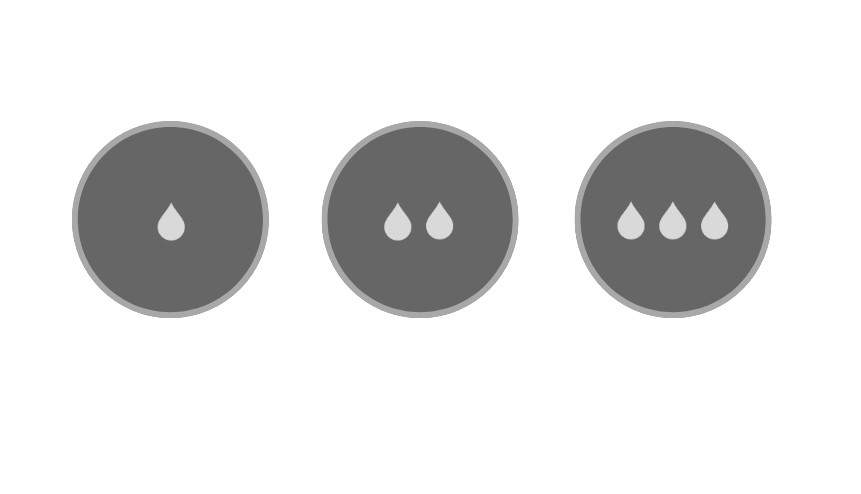
3) Porosity
Porosity means the ability of hair to absorb moisture or product. Knowing how porous your hair is can help you determine what kind of chemical treatments your hair can withstand as well as what type of products you should be putting on your hair.
Test: An easy way to determine your hair’s porosity is by placing a single strand of hair into a bowl of water. If the hair sinks to the bottom, your hair has a high porosity as it’s absorbing all the moisture. If your hair floats on top of the water, your hair has a low porosity and doesn’t absorb moisture easily. Lastly, if the hair floats somewhere in the middle of the water, it has a normal porosity meaning that it is well balanced. However, this test can affect different hair weights. You can easily recognize porosity even by touch. If the hair is smooth to the touch, it has low porosity. If it is bumpy, it has high porosity.
High Porosity
If you have highly porous hair, then your strands have gaps or tears in the cuticle that may be a result of chemical hair services, heat styling or a variety of other damages. This means that when you apply a product, your hair soaks it up quickly meaning you often find yourself needing to apply more. Those with high porosity find that their hair dries quickly yet doesn’t feel hydrated or nourished.
Suitable care: For this hair type, try to avoid heat that may further dry out your strands and look for hydrating hair options that will give your hair an abundance of moisture. Great are highly nutritious, creamy or oily products (except for very fine hair). We recommend a shampoos for damaged hair and preferably a sulphate-free shampoo, which ensure gentle washing. For an even more gentle wash, you can choose a cleansing conditioners. Then follow with conditioners for damaged hair or smoothing conditioners, regenerating mask and hair oils. Products with a slightly acidic pH (close the hair) will also help. These special cosmetics help to restore hair fibre, seal and smooth the cuticle and lock moisture inside the hair.
Medium Porosity
If you have normal porosity, your hair will easily absorb the nutrition from the product and reliably retain hydration inside the hair. You will not have a problem with volume or elasticity. The hair looks healthy and shiny. No special care is required. The care will be similar to normal hair.
Low Porosity
Well, if your hair has a low porosity that means the cuticle lays flat, so water often sits on the outside of the hair and doesn’t get absorbed. Those with low porosity often find that it takes their hair longer to dry and that products tend to build up on their hair rather than sinking in.
Suitable care: First of all, hair with low porosity needs to remove product build ups and deposits with deeply cleansing shampoos and peelings. These shampoos will help open the cuticle for better absorption of care products that follow. Use hair masks and treatments only exceptionally (e.g. once in 14 days). For even better penetration of care products evenly distribute products through your hair and apply products to slightly damp hair. Also avoid creamy and oily consistencies, choose lighter products designed for fine hair.
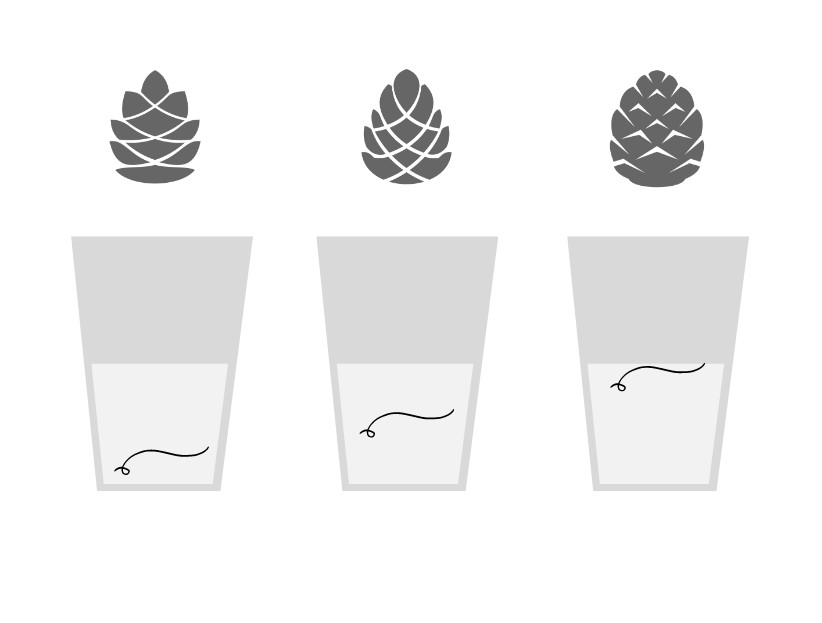
4) Special Hair Types
In addition to the hair types listed above, there are other factors you should consider when choosing cosmetic products. Keep reading to find out more.
Colored & Blonde Hair
Colored hair is often sensitized, weakened, highly porous and also damaged by constant coloring. Choose products that are specifically designed for chemically treated hair - shampoos for colored hair, conditioners for colored hair, leave-in treatments for colored hair and hair masks for colored hair. These products not only take care of the quality of the hair, but also protect the hair color, which fades over time. Moreover, some toning products can even revive and enhance the color, extending the time between visits to the salon. Do not use shampoos with sulphates, deep cleansing shampoos and shampoos for oily hair, which have a strong cleansing effect and could speed up the color fading.
Blondes will appreciate the special shampoos for blonde hair, blonde conditioners and hair masks for blonde hair, which keep their color still bright and radiant and also take care of their quality, which has been disrupted by the lightening process. Is there a platinum blonde among you? Of course. you should not miss the violet/silver shampoos in your bathroom. These shampoos with violet pigments help you with unwanted yellow, warm tones (more about it here). You can also supplement purple shampoos with purple conditioners, silver masks and violet toning leave-in treatments with violet pigments.
Dandruff
Dealing with dandruff is no fun. Flakes, an itchy, dry scalp…the condition can be seriously uncomfortable, not to mention maybe a little embarrassing. Happily, all it takes is the right dandruff shampoo to get rid of dandruff. These are specifically substances such as zinc pyrithione, salicylic acid and allantoin that effectively removes dandruff from the hair. Since these formulas are a little different than your standard shampoo, they should be used a little differently, too. Be sure to massage the dandruff shampoo into your scalp and let it sit for about five minutes in order to give the dandruff shampoo enough time to knock out that problematic yeast. Hair experts also advise not to use these shampoos for a long time, alternate with shampoo for sensitive scalp. Leave-in dandruff tonics and anti-dandruff masks are also very effective in combating dandruff.
Hair Loss
The cause of hair loss can be various. It’s important to understand the different types and causes in order to promote stronger, healthier hair. Reactional hair thinning often results from factors such as stress, dietary deficiencies, post-pregnancy hormonal changes or medications, while progressive hair thinning is usually genetic. The most effective forms of external care for thinning hair are: stimulating serums and tonics in combination with quality shampoos for thinning hair and conditioners for thinning hair. The key factor is regular and thorough application. However, be patient, you will probably see the first visible results after 3-4 months. More tips for thinning hair can be found here.
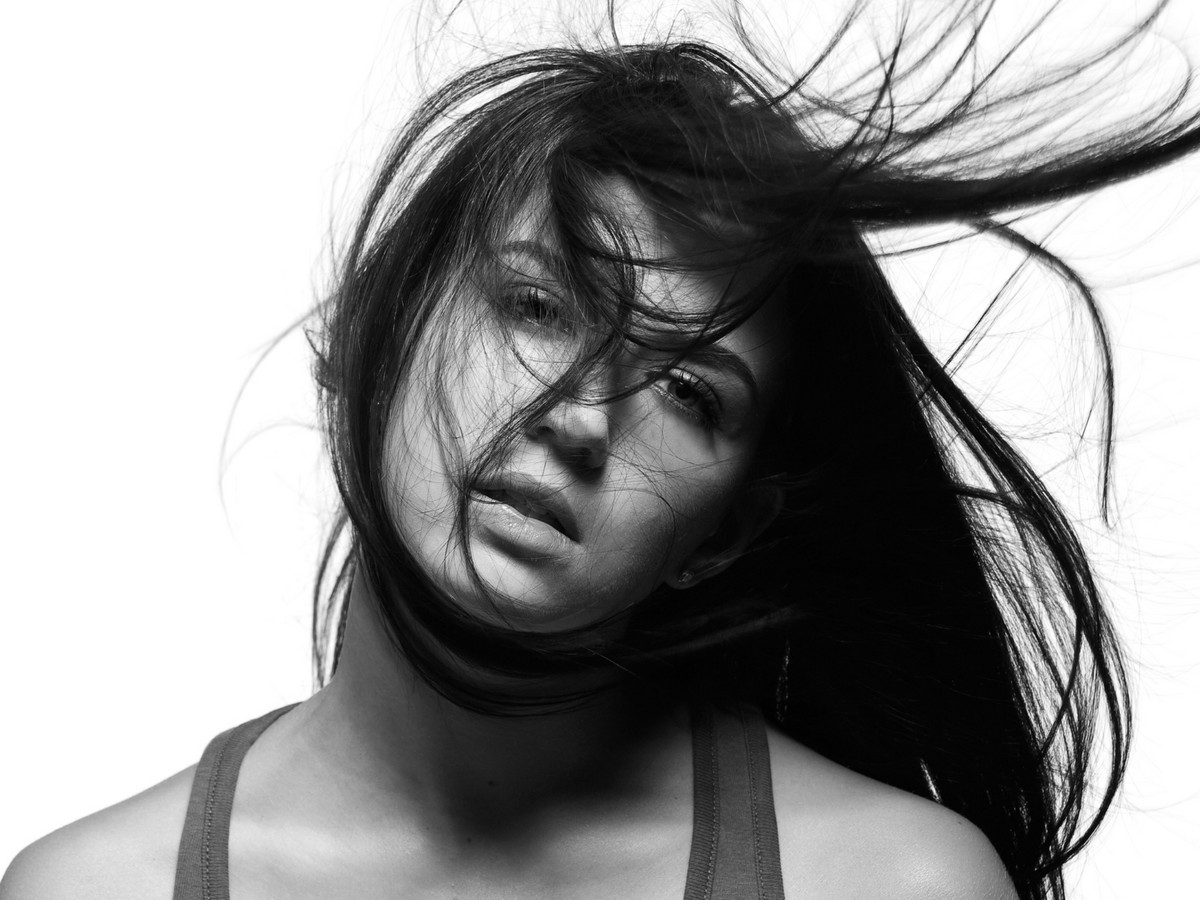
After passing all the hair tests, you may find that you do not have just one type of hair, basically, you can have fine hair that is thick or have coarse hair that is thin and any number of combinations in-between. What now? Identify one main area as a priority and focus on it.







